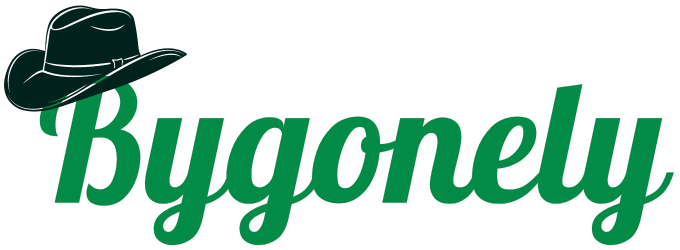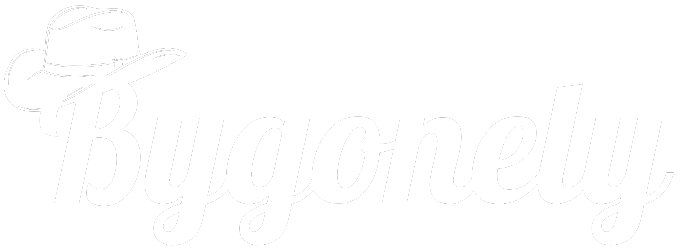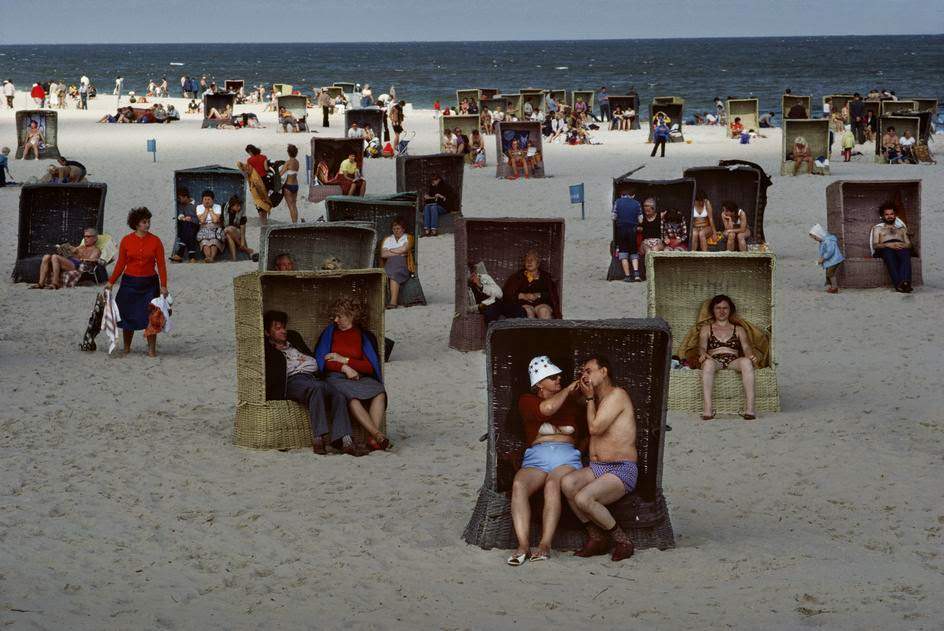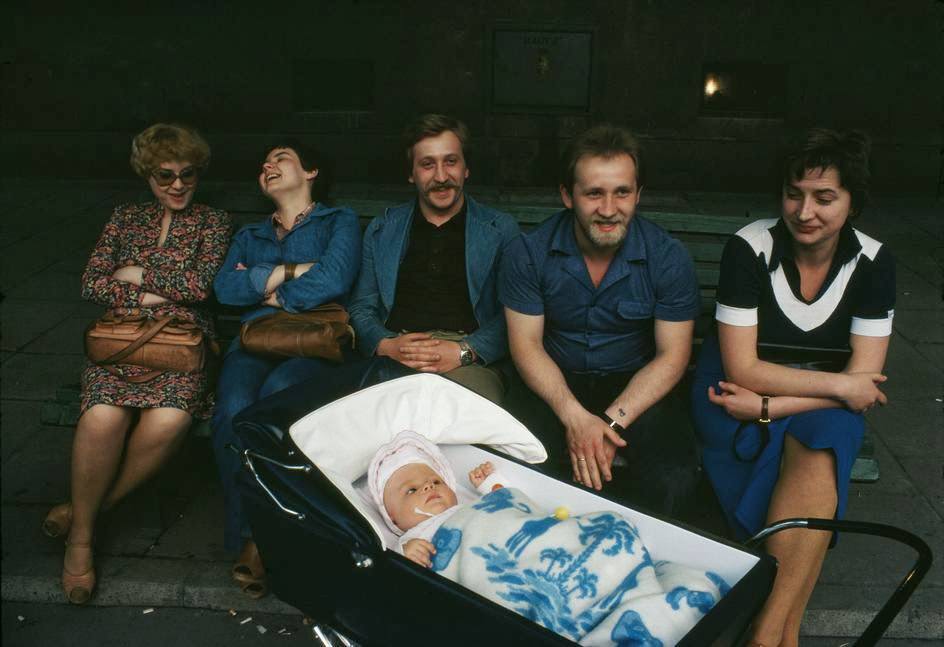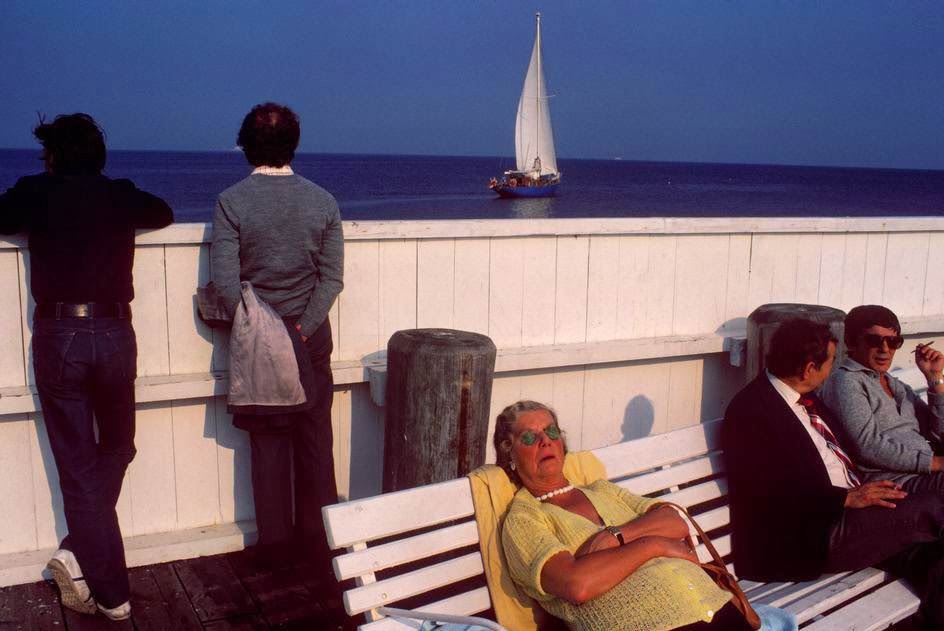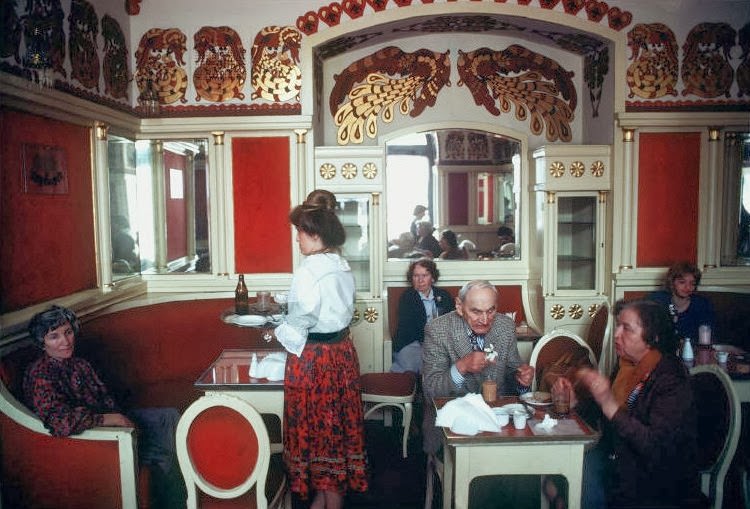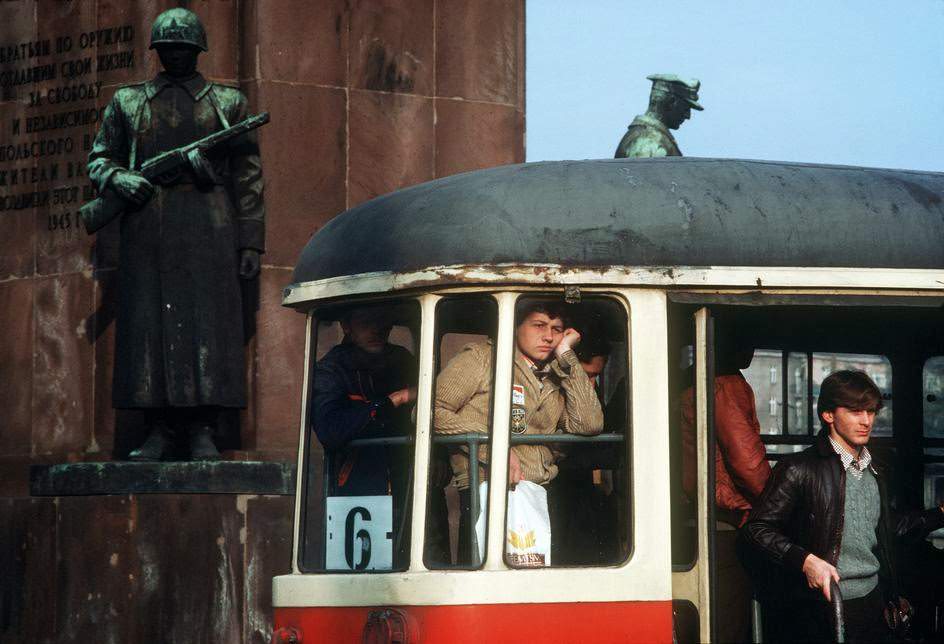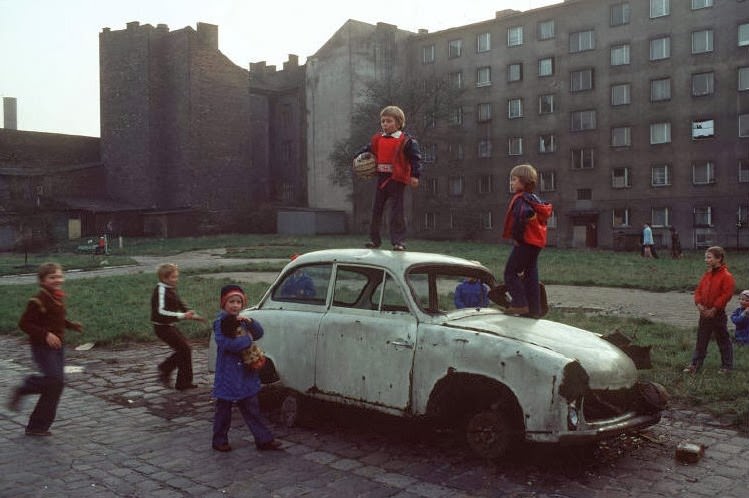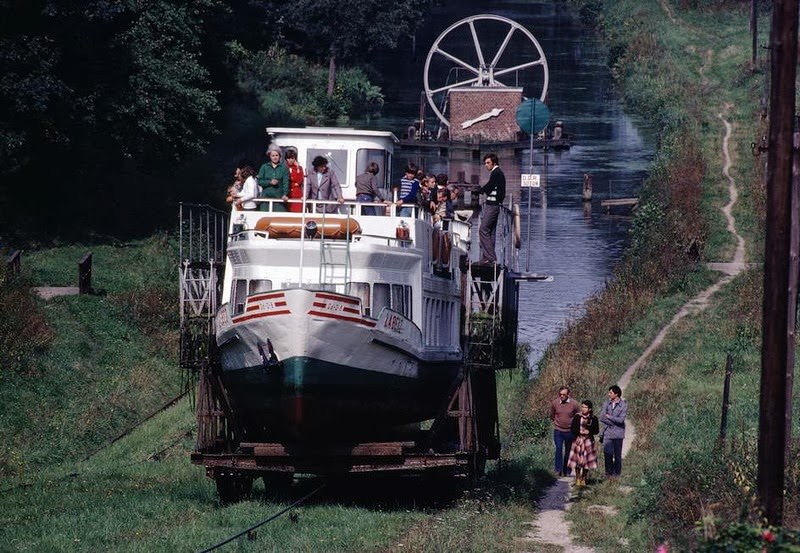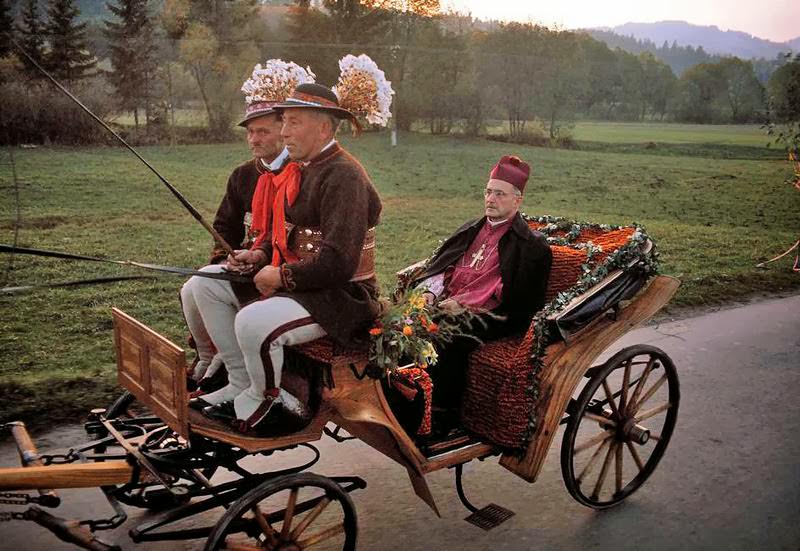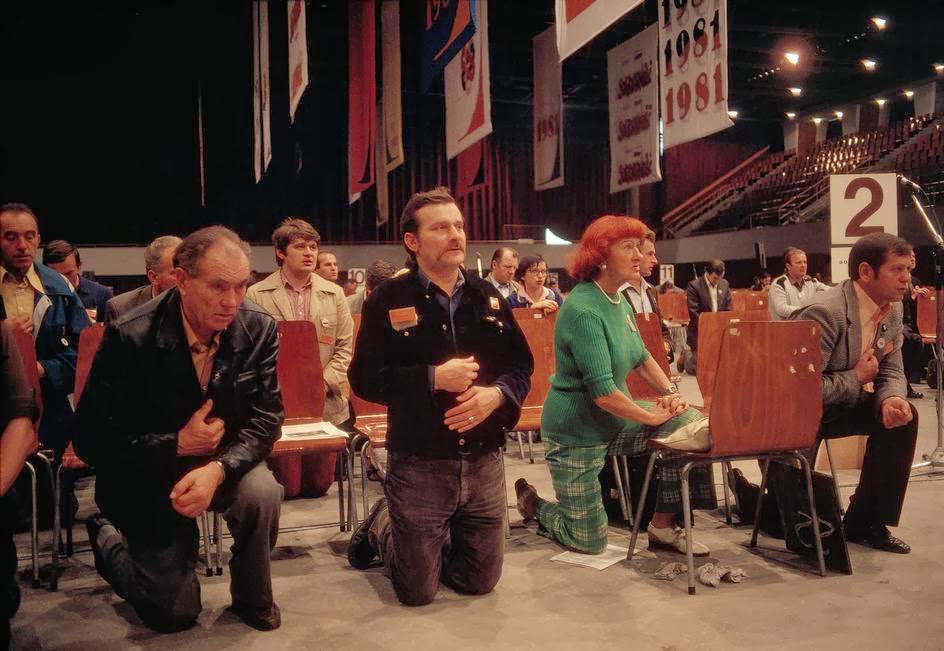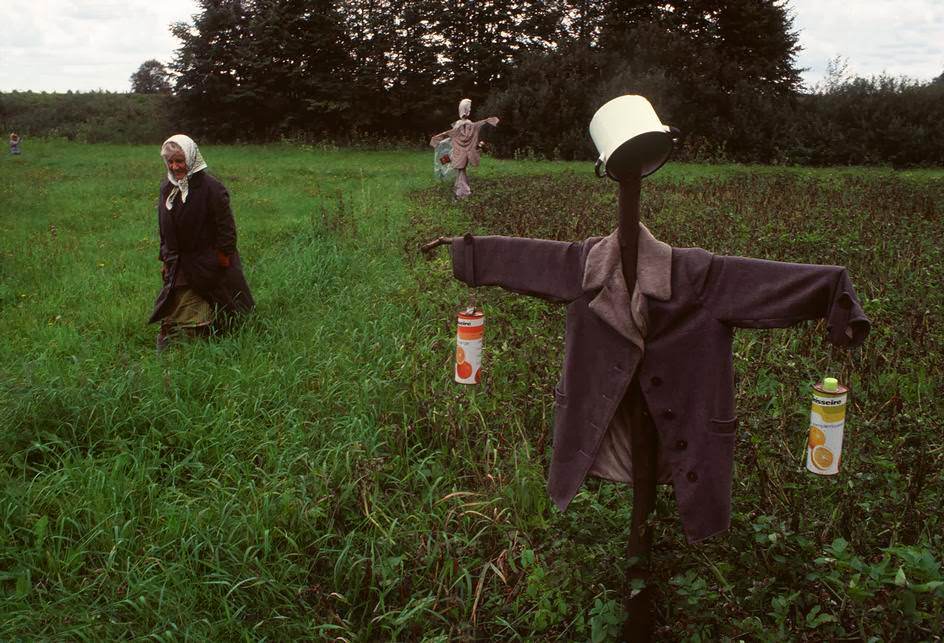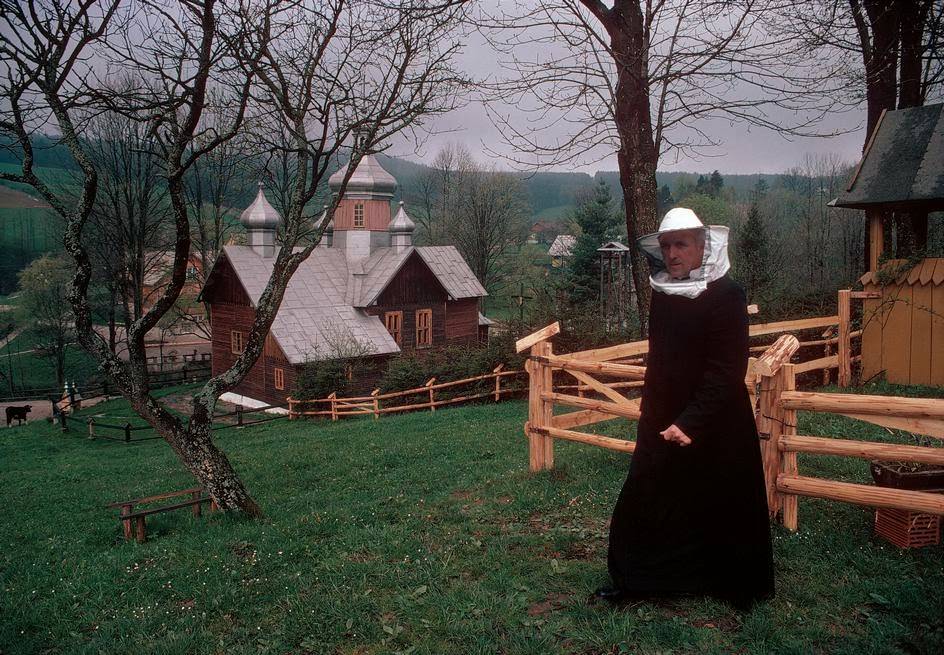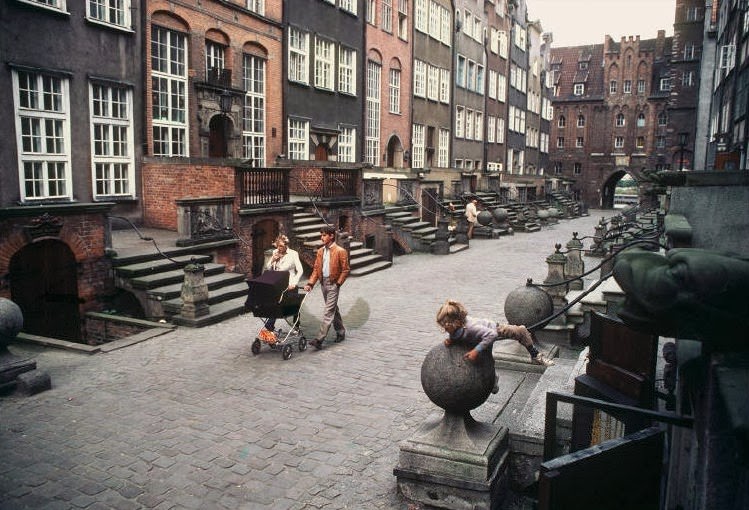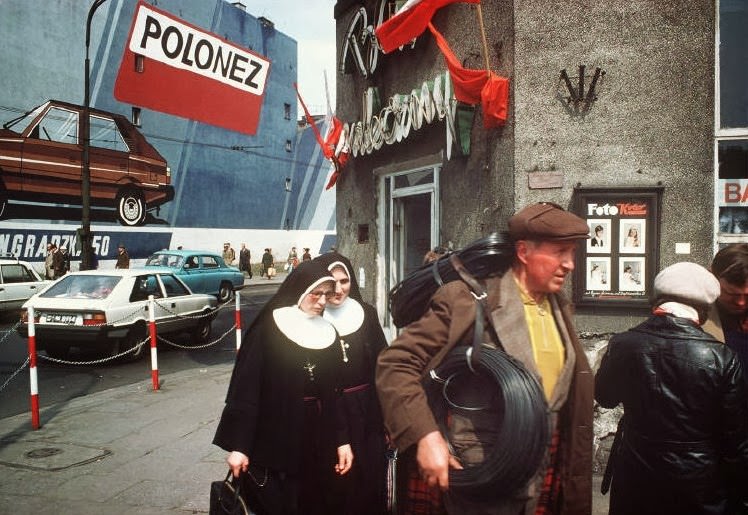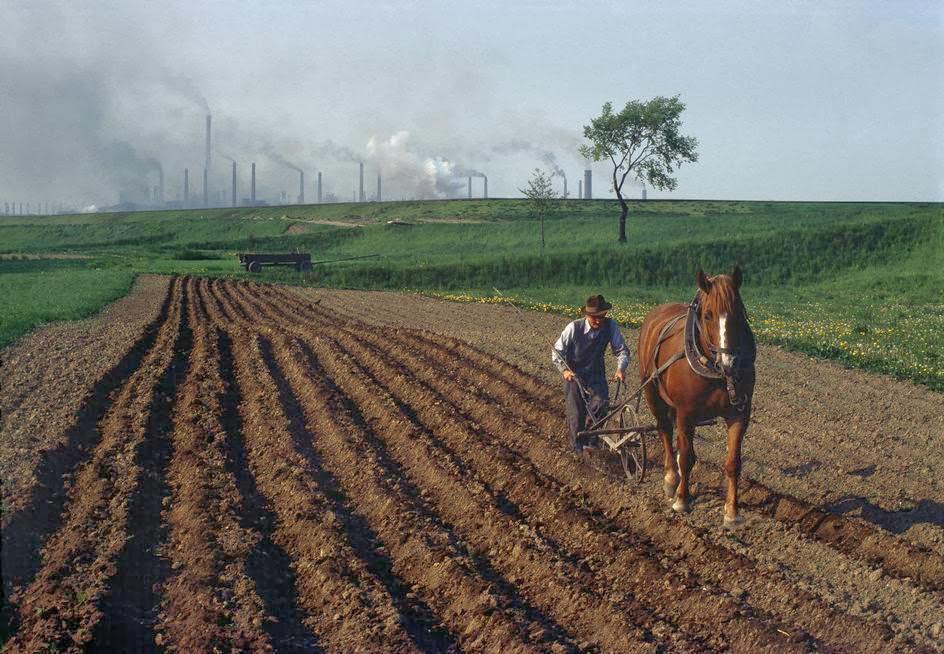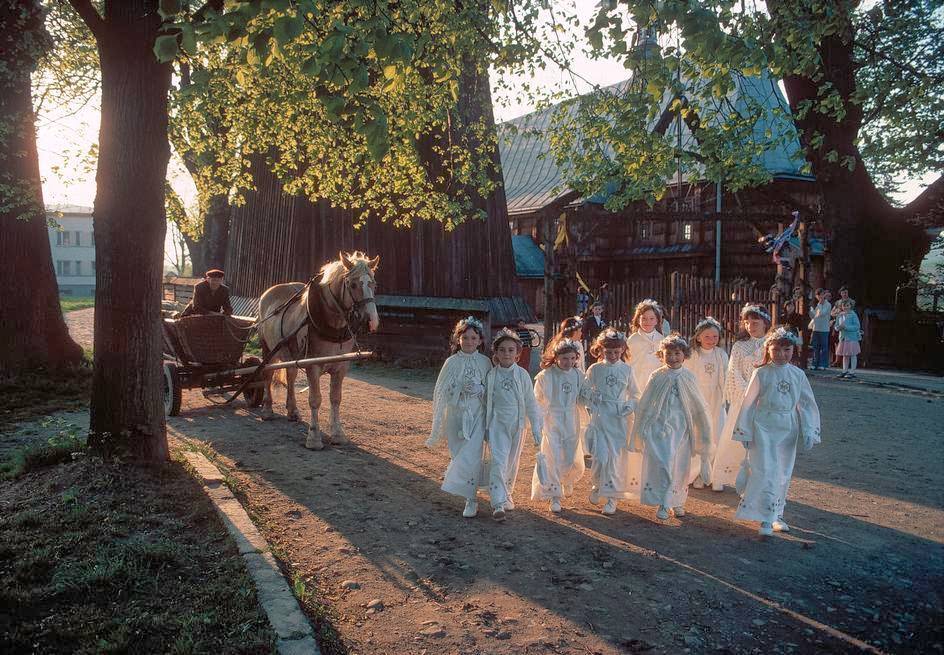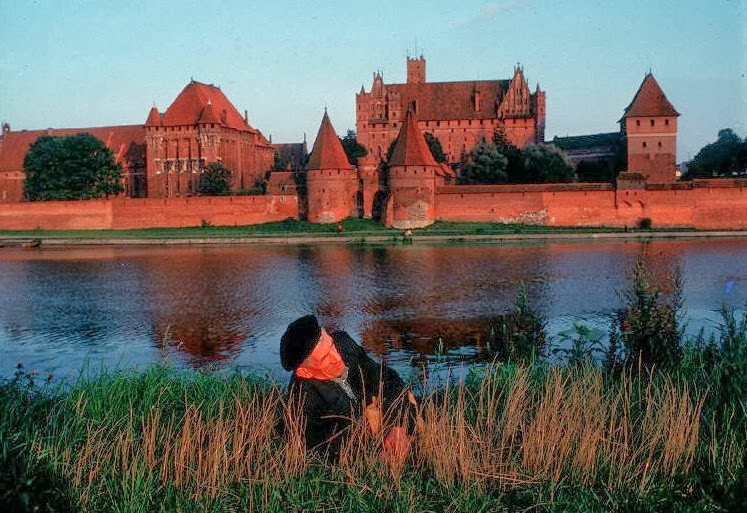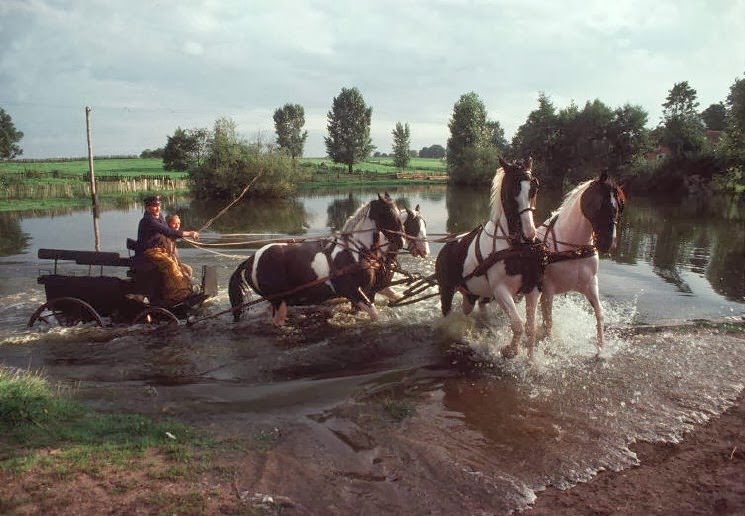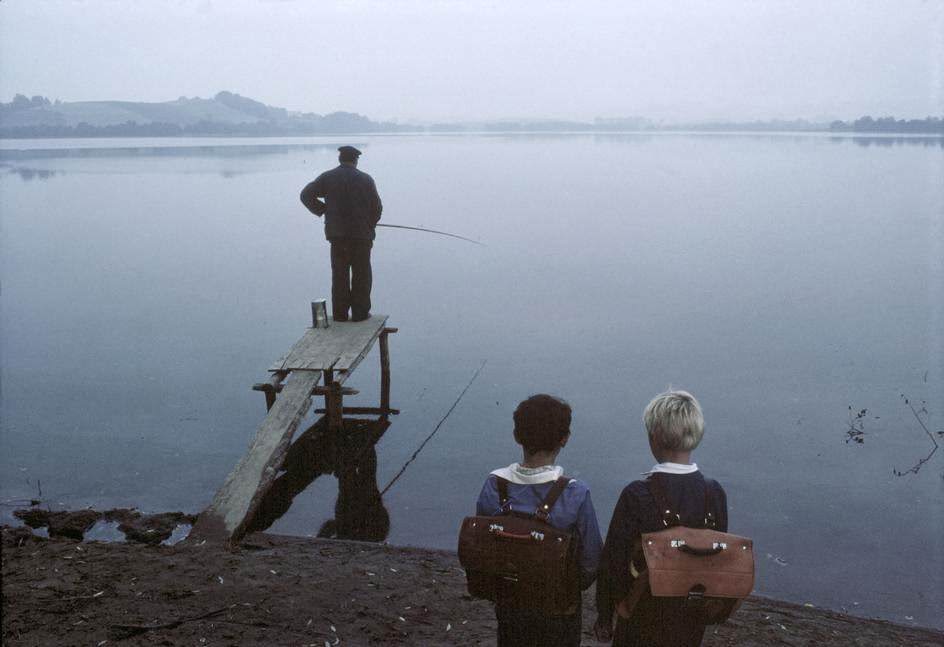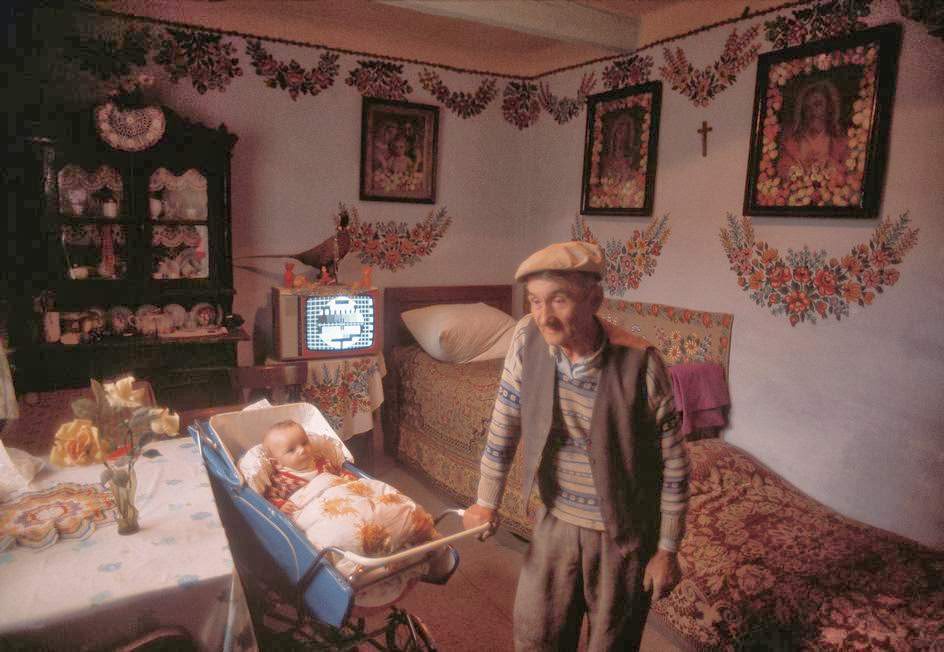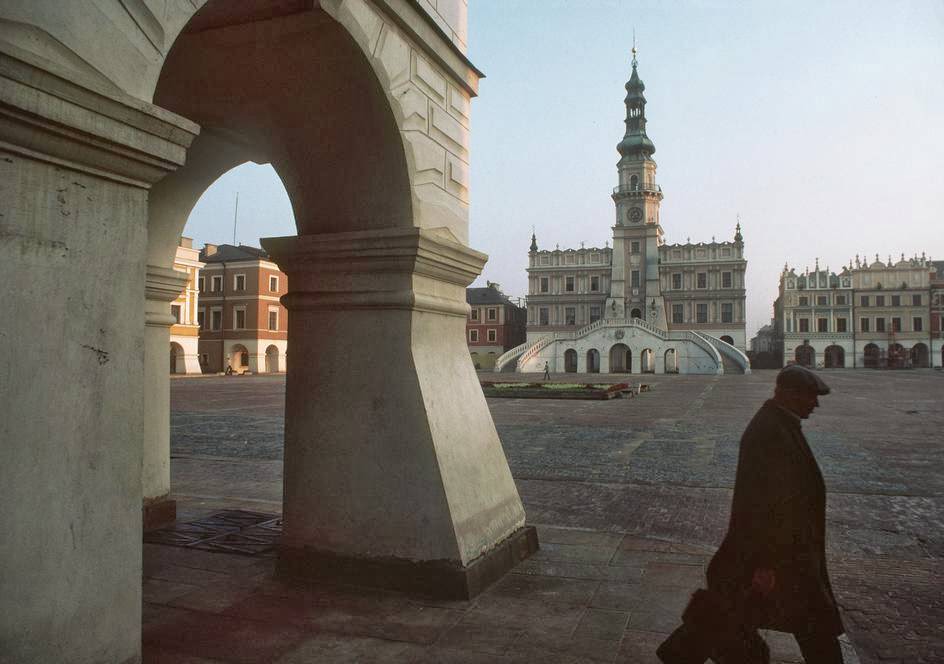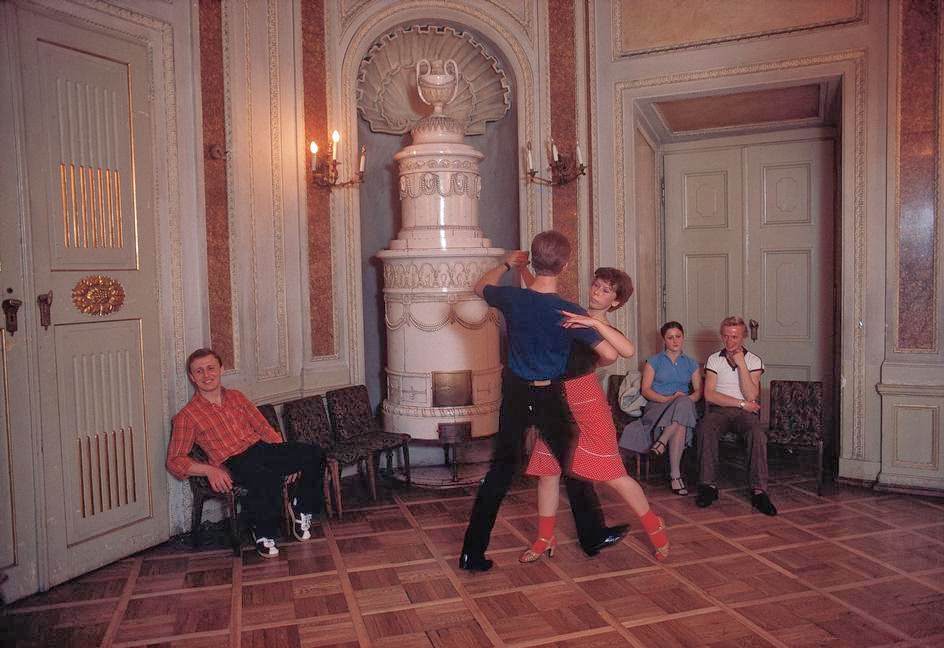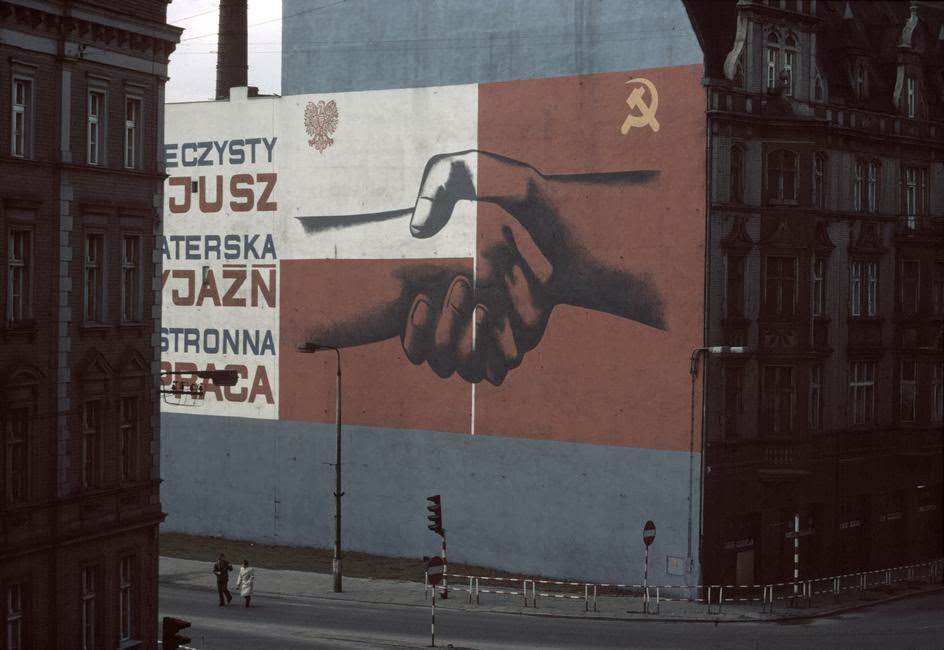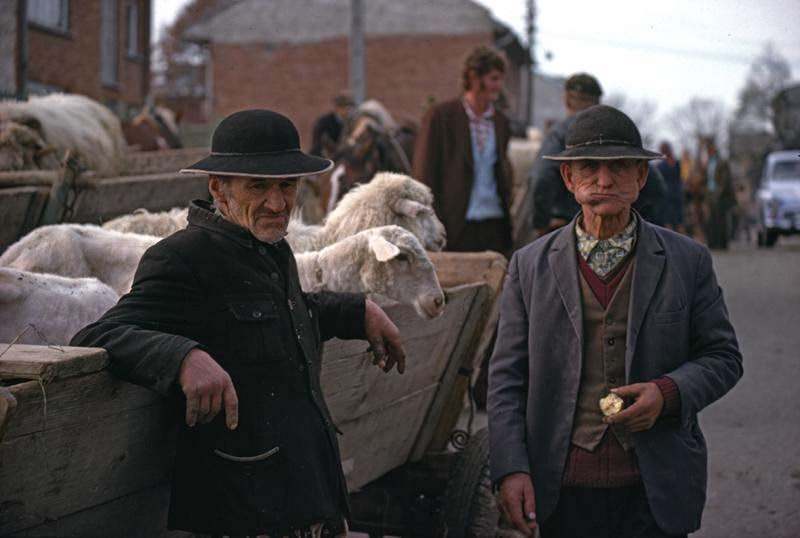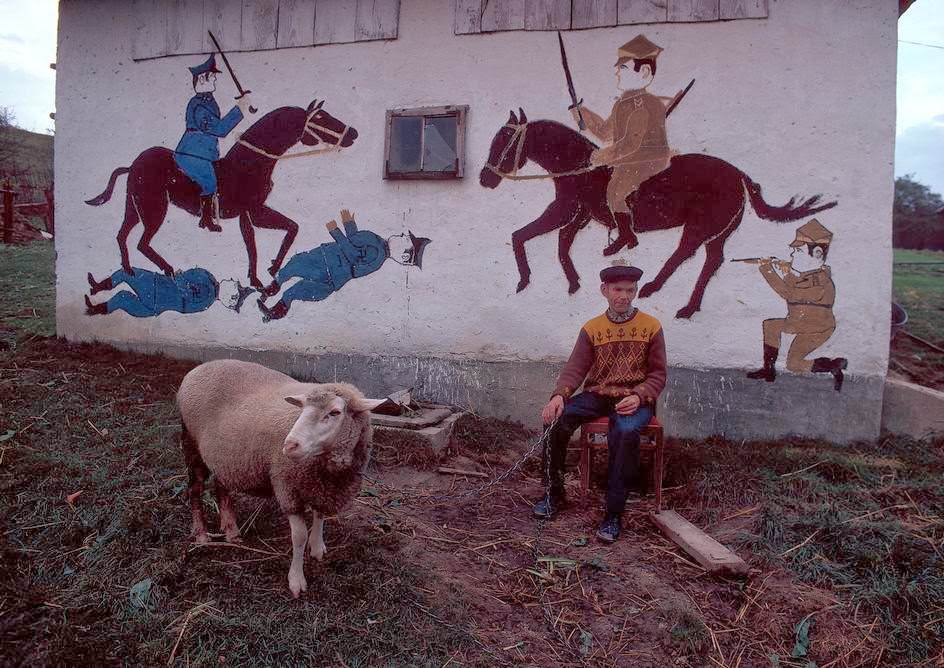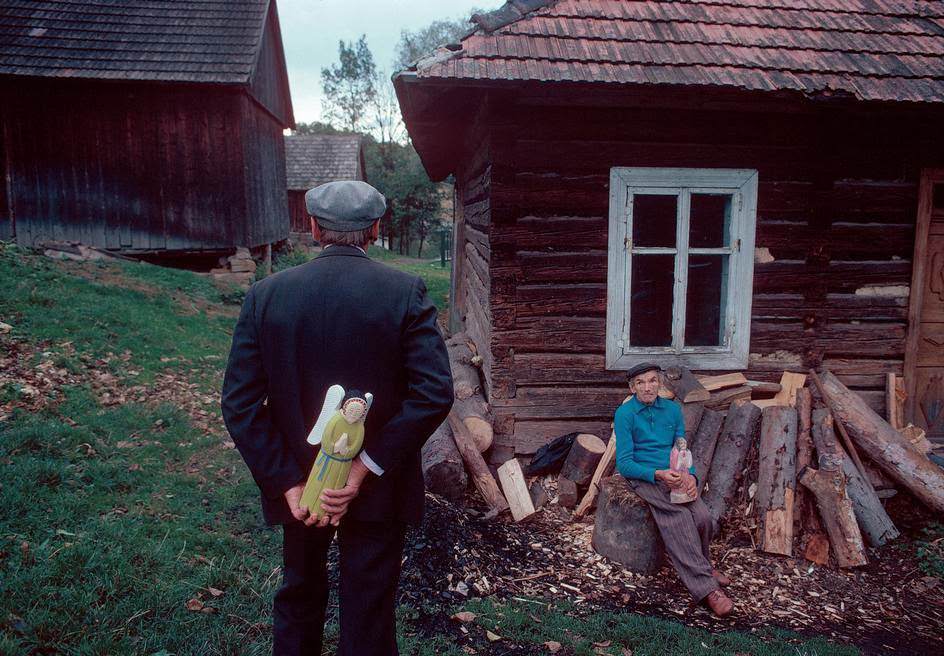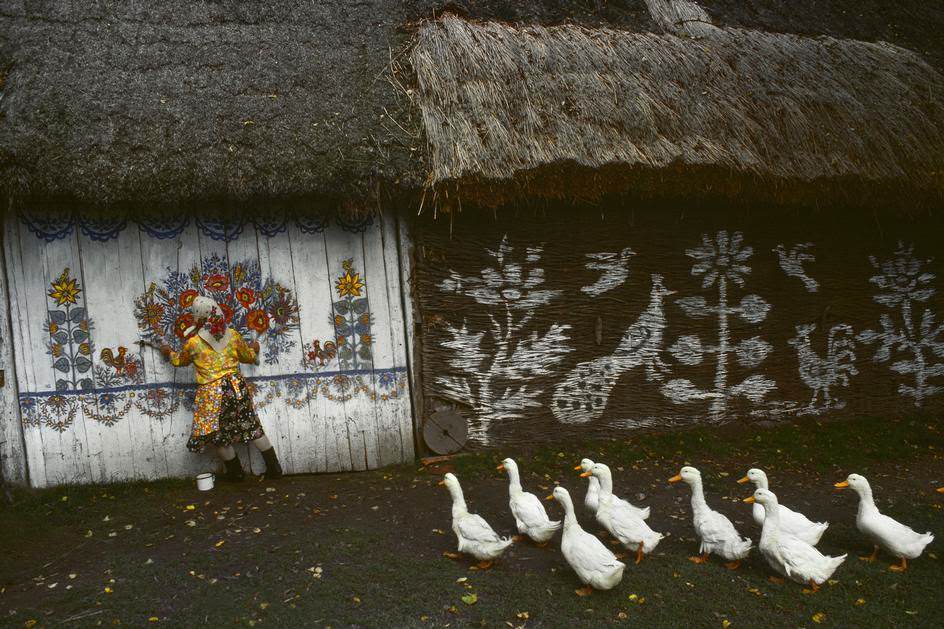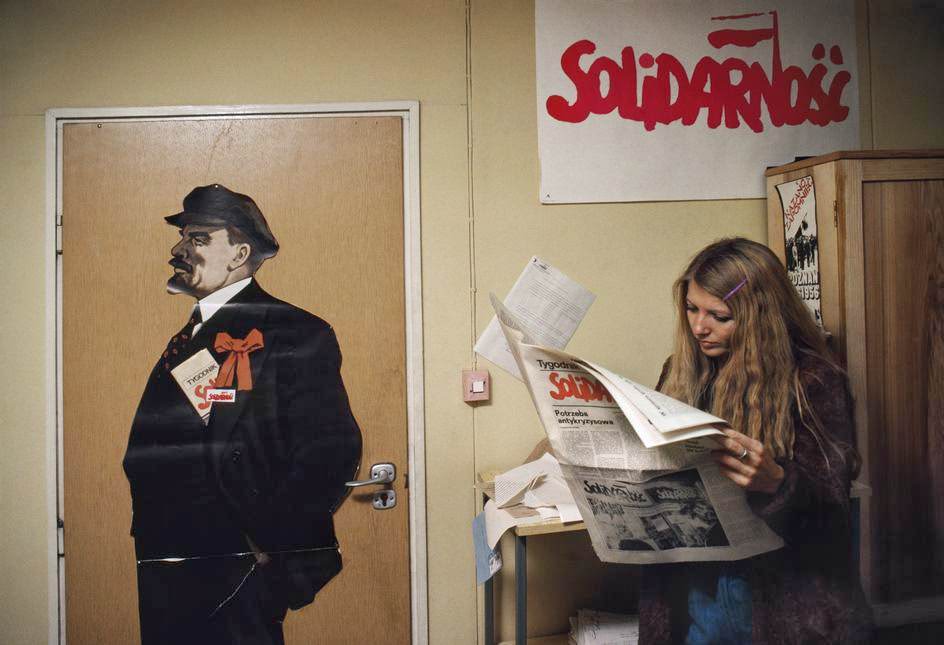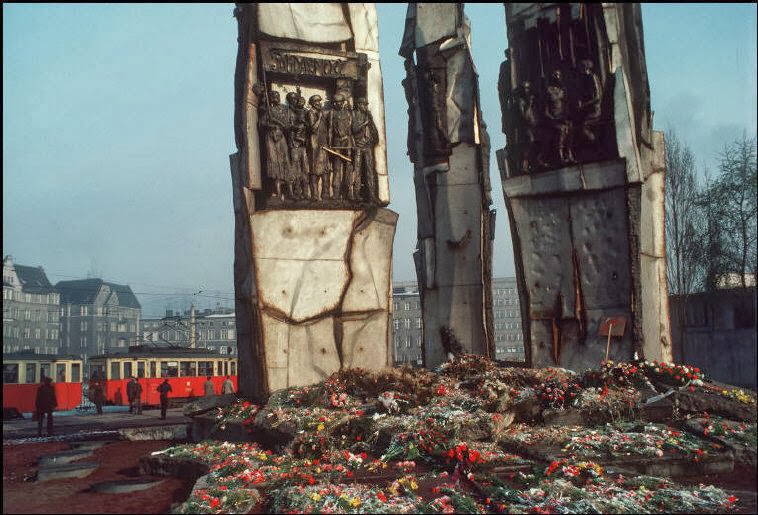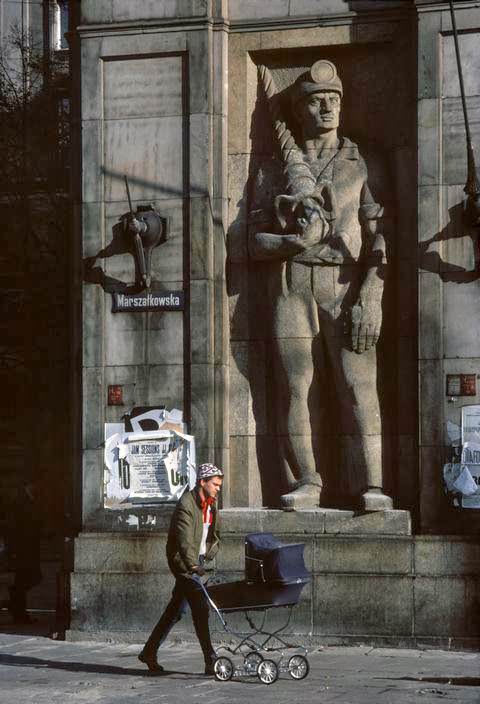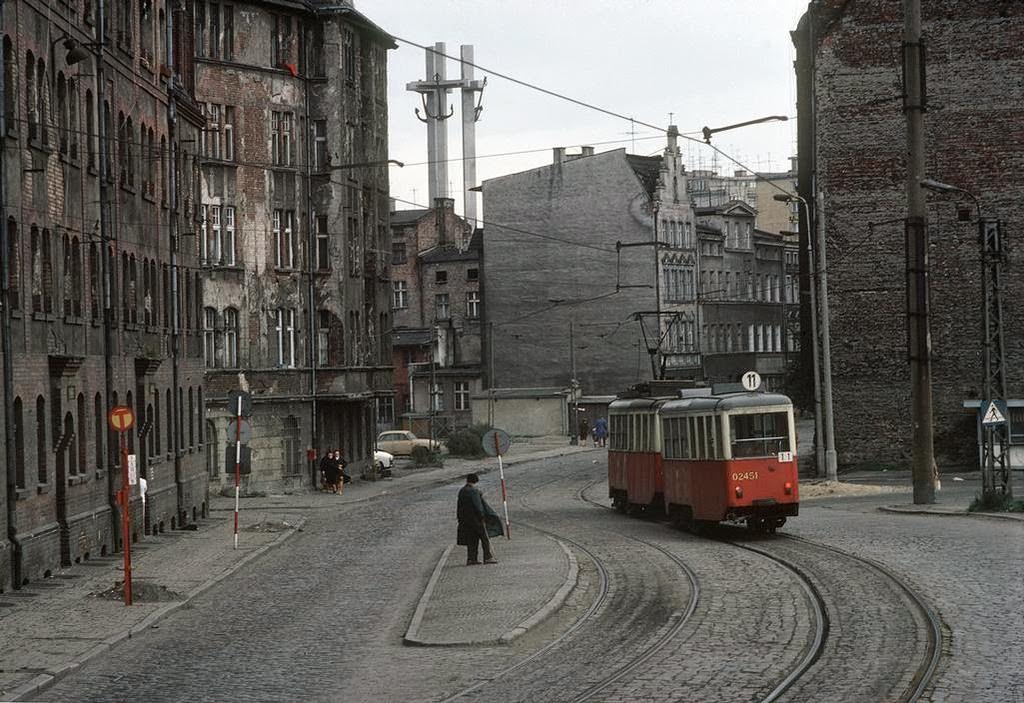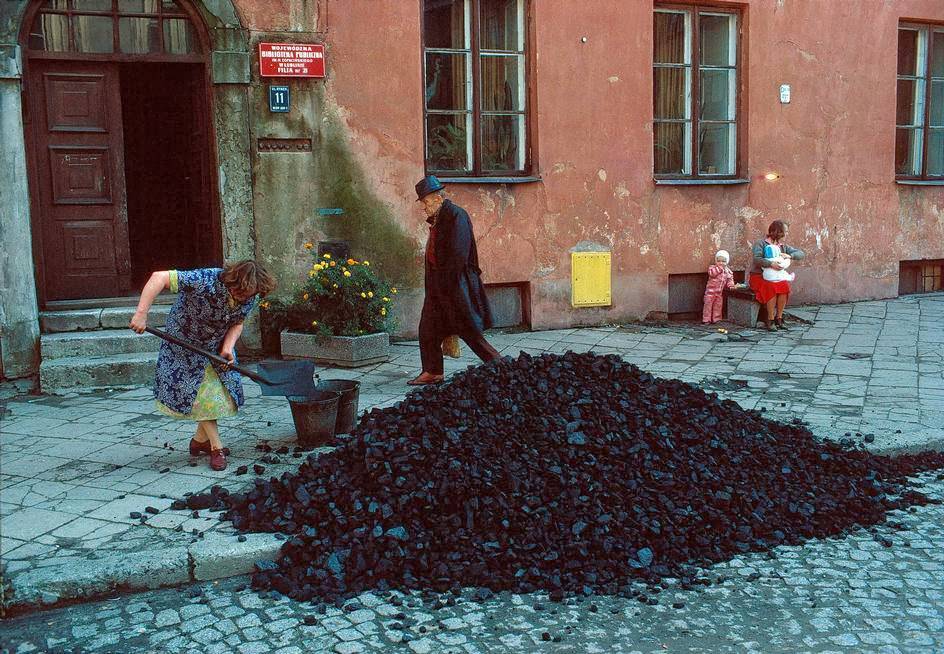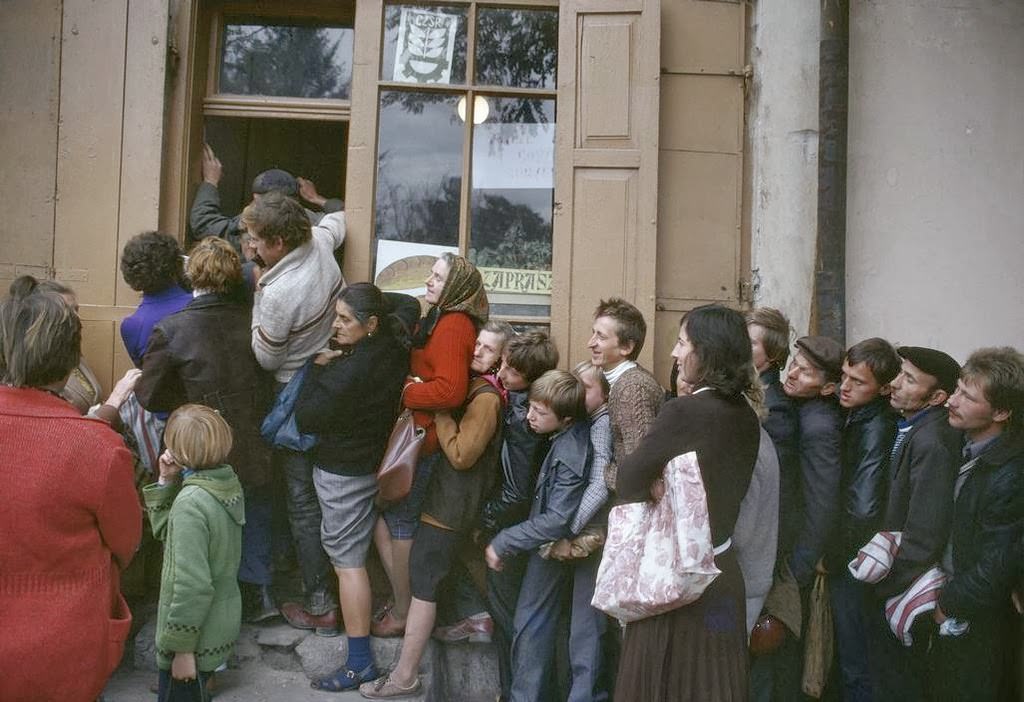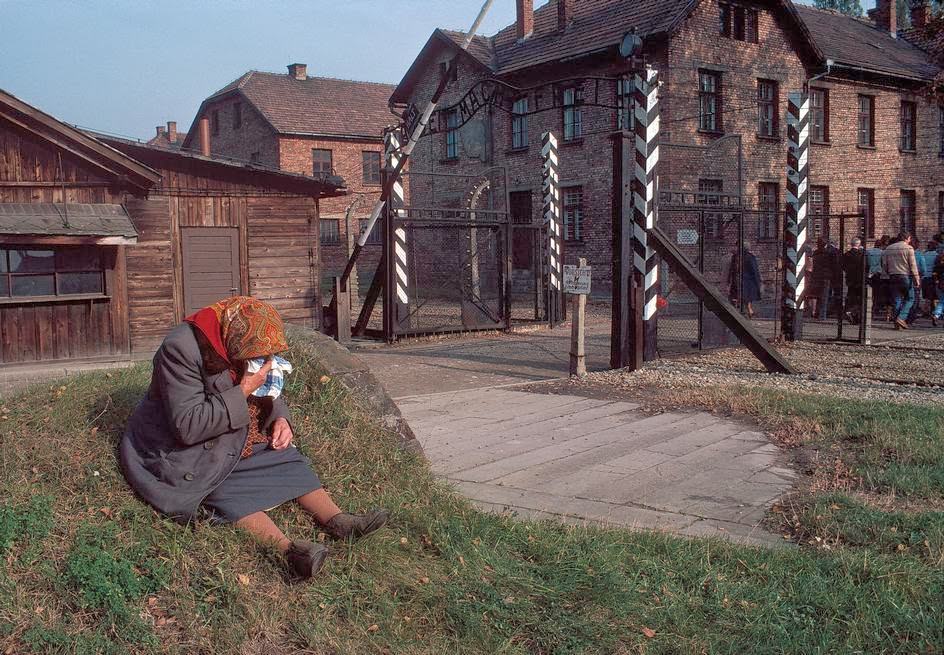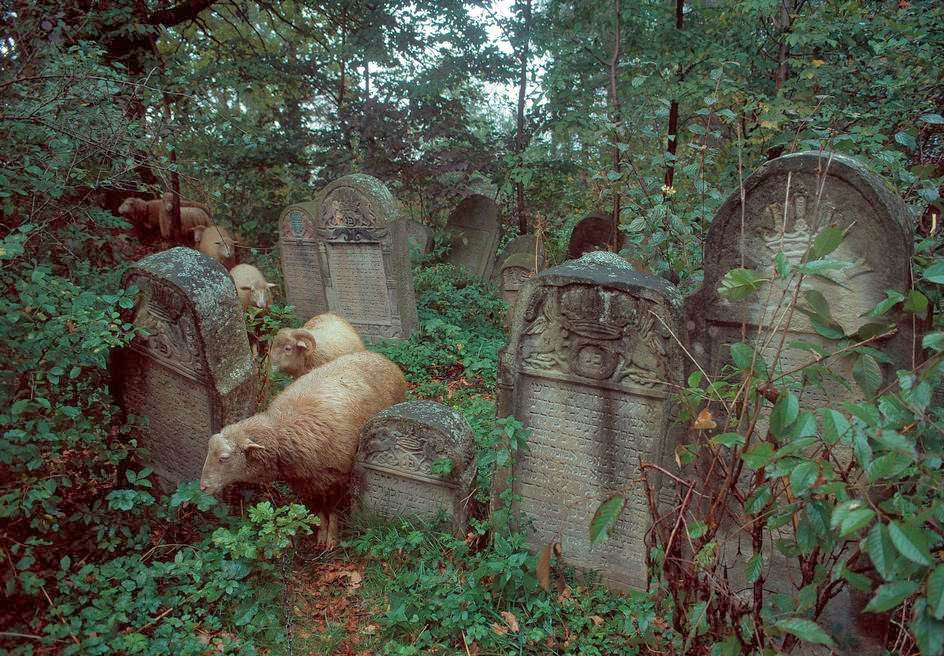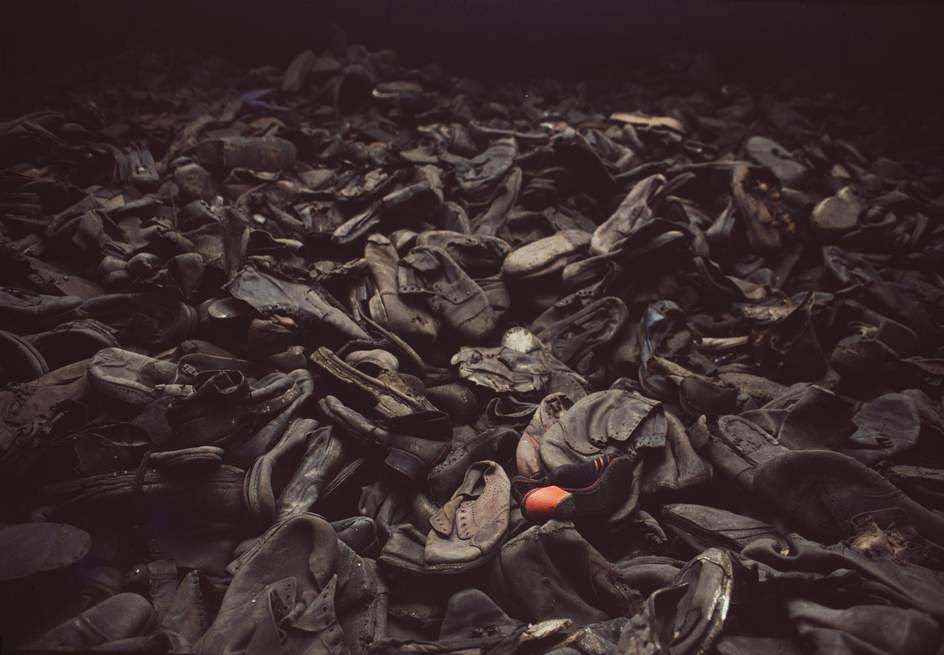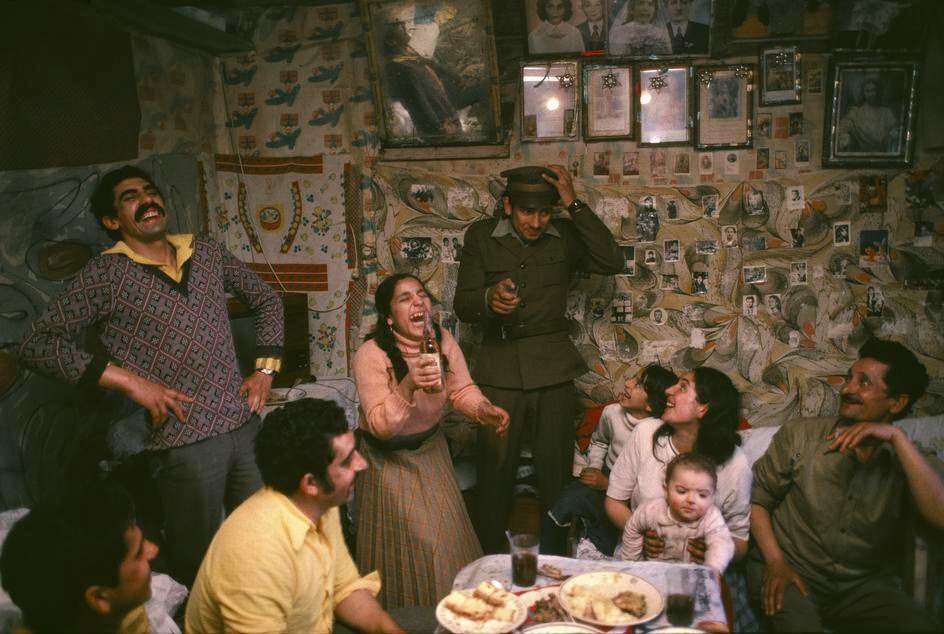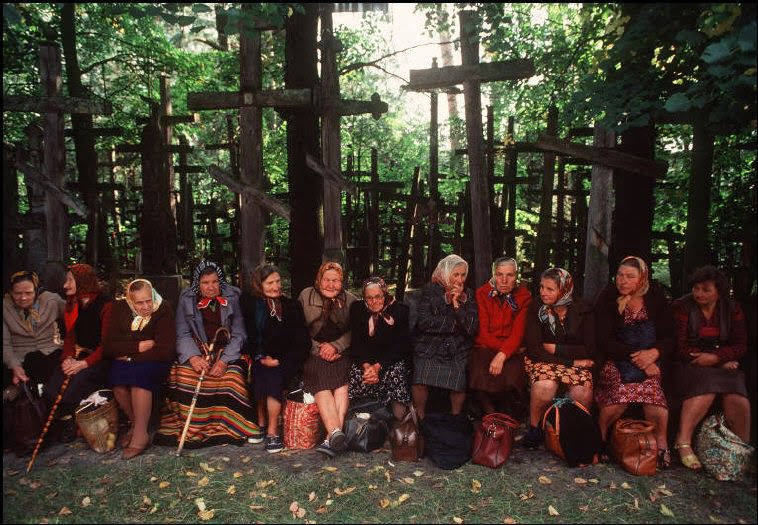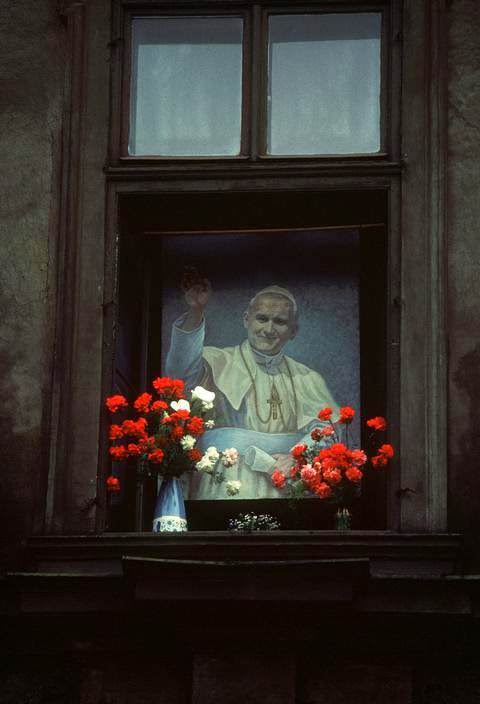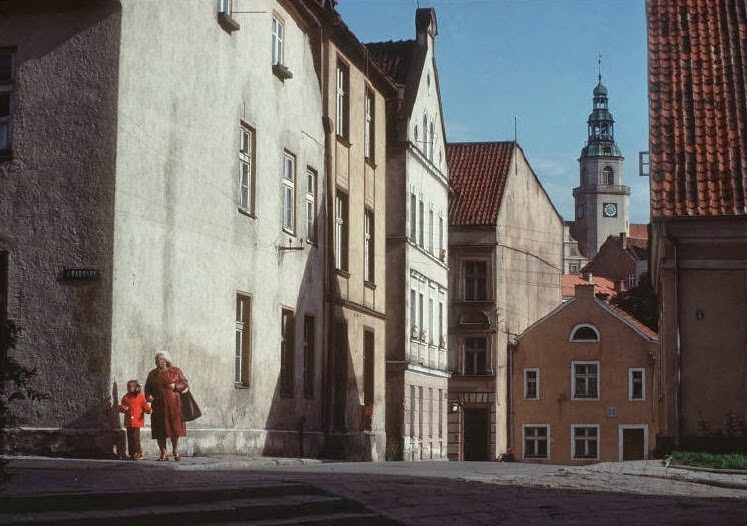In the early 1980s, Poland was a country defined by economic crisis and political tension. As a communist state within the Eastern Bloc, its economy was centrally planned, and by this period, it was failing to provide for its citizens.
Everyday life for most Poles was dominated by widespread shortages of basic goods. Store shelves were often empty. To manage the scarcity, the government enforced a strict rationing system. Each citizen was issued ration cards, or “kartki,” which dictated the amount of meat, sugar, butter, flour, and gasoline they were allowed to purchase each month. Having money was not enough; one also needed the correct ration coupon.
This led to the most common feature of the urban landscape: the queue, or “kolejka” in Polish. People would line up for hours outside shops, often without knowing what was being delivered that day. The queue had its own social etiquette, and people would often hold places for friends and neighbors. The sight of a long line was a daily reminder of the country’s deep economic problems.
Read more
The political atmosphere was just as tense. The decade began with a wave of optimism centered around the Solidarity (Solidarność) movement. Led by Lech Wałęsa, Solidarity was the first independent trade union in a Soviet-bloc country, and it grew to include millions of members who demanded economic and political reforms. This period saw strikes and mass demonstrations across the country.
The government’s response came on December 13, 1981, when General Wojciech Jaruzelski declared martial law. This decision suspended normal life and put the country under military control. Tanks and armored vehicles appeared on the streets of major cities like Warsaw and Gdańsk. A strict curfew was imposed, requiring citizens to be in their homes by 10 p.m.
During martial law, thousands of Solidarity activists were arrested and imprisoned without trial. The government deployed special paramilitary police units known as ZOMO (Motorized Reserves of the Citizens’ Militia). These riot police, clad in heavy gear with batons and shields, became a feared presence, used to break up any attempts at public gathering or protest. Telephone lines were monitored, and mail was censored.
